The Global Water Crisis, Explained Through Four Stories
If you’ve never had to think about where your next glass of water is coming from, you’re not alone. For many of us, water is something we expect — from a faucet, a fridge, or a bottle. But in communities across the world, water is a daily struggle.
To help you imagine what that struggle feels like, we’d like to introduce you to four people. Each of them lives in a different part of Africa, and each of them has to work hard just to get water each day.
Western Kenya: Lincoln’s Story
The girls in 15-year-old Lincoln’s community of Buloma make fun of him. Every day, he leaves his home to fetch water for his household — but everyone in sub-Saharan Africa knows that’s a job for women and girls.
“I was laughed [at] by girls, saying that fetching water is a girl thing,” Lincoln said. “I really felt ashamed. When my mother sends me for water, I can’t refuse her, because [I] am the only child, and I have to help her. I just take in the insults and pretend that I have not heard anything.”
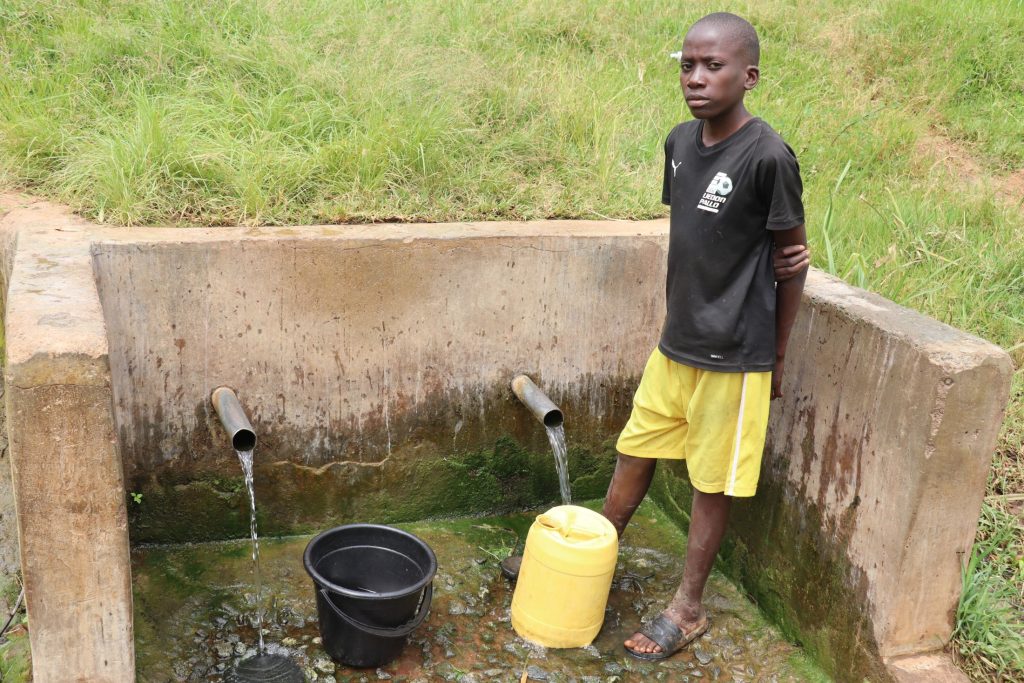
It’s more than a 30-minute walk to the “protected” spring where Lincoln collects water. But even though that sounds like a long time to walk just for one container of water, it’s not the worst thing about water here.
Drinking this water infects the people of Buloma with water-related diarrheal diseases that have mostly disappeared in wealthier nations. In 2022, one of the community members died from drinking this water. Knowing this must have made the time when Lincoln himself got sick even scarier.
“The last time I was sick because of drinking dirty water, I was very sick until I was admitted [to] the hospital,” Lincoln said. “I received several injections and a lot of drugs. Going to the hospital every day for injections after being discharged was not a good experience. It was painful and stressful at the same time. I had to take drugs on a daily basis, which was an awful thing to do.”
When Lincoln gets sick, he misses school. But even when he’s well, the time he loses collecting water puts his education at risk. Lincoln spends about two hours each day fetching water, walking to the water source, and then waiting for his turn to place his yellow water container (or jerrycan) beneath the spring’s spout.
“Fetching water, especially in the morning, makes me late to school,” Lincoln shared. “Sometimes, [when I reach school], I find the teachers have already taught the first lesson. Catching up on the lost lessons becomes hard since I don’t have [the] time to concentrate and revise. This has made my grades drop greatly.”
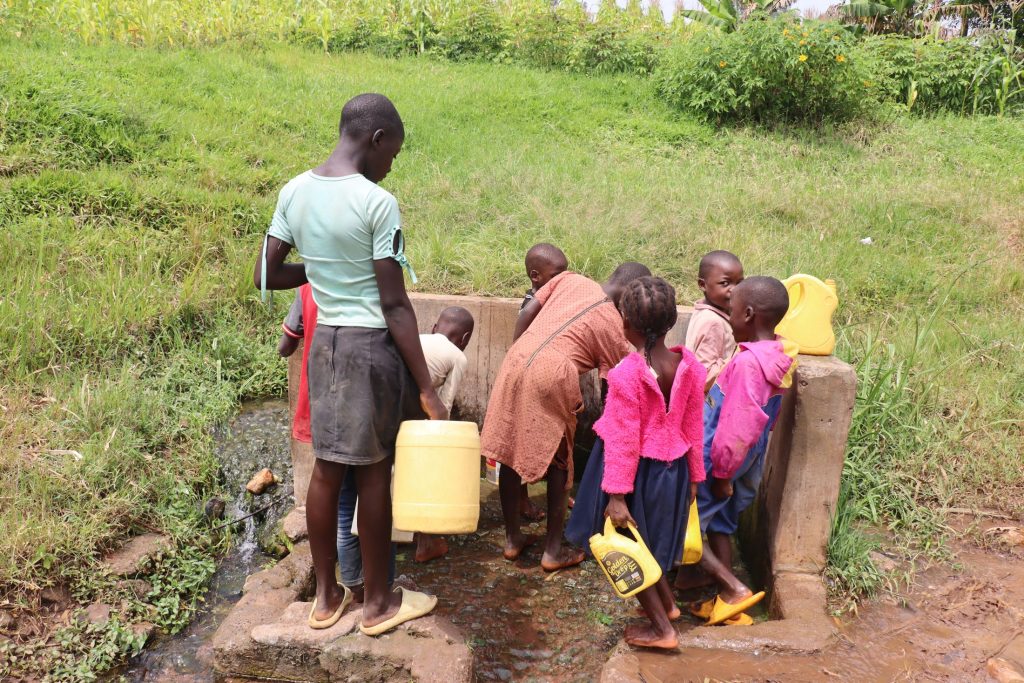
Bad grades put Lincoln’s future prospects in jeopardy. This must weigh on his mind, especially since his dream is to become an engineer.
He said: “I want to become an engineer so that I can be able to help others, especially the orphaned children, [to] get [a] proper education. [And] help my parents live a comfortable life.”
Lincoln is doing his best, but the water crisis holds him back from the future he’s working toward.
Southeast Kenya: Doreen’s Story
Every morning, 25-year-old Doreen wakes up before the sun rises. Her children are still sleeping as she grabs a jerrycan and starts the (very) long walk to the dry riverbed. There’s no time to waste — if she’s not early, others will have collected all the available water in her community first.
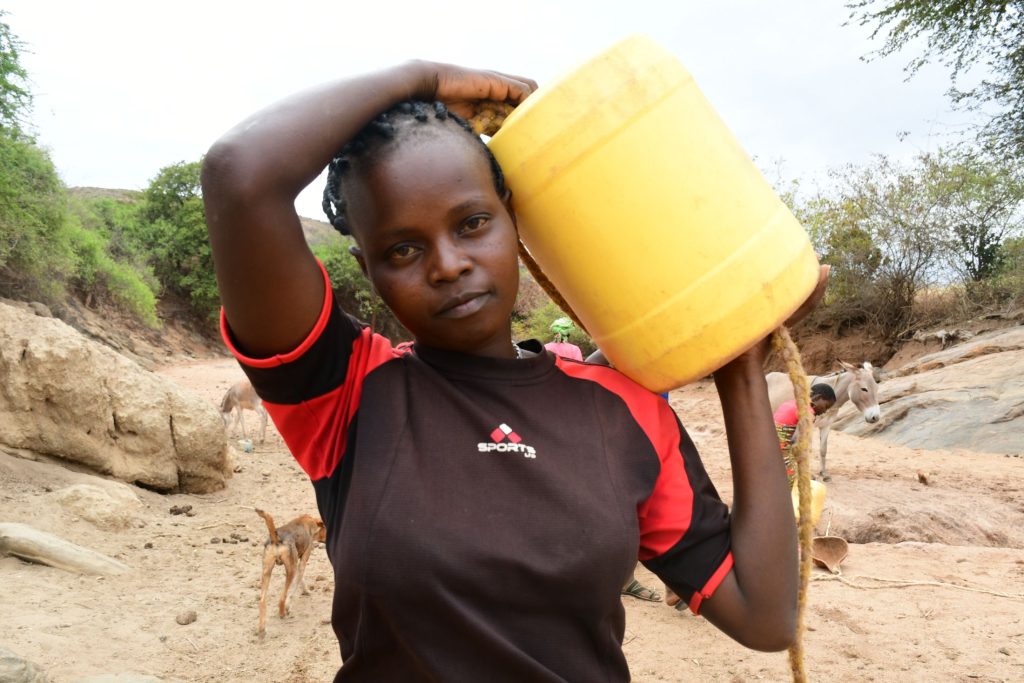
“The water source is located very far away through bushes, and walking alone is a risk,” Doreen said.
In Doreen’s community of Syandu in Southeast Kenya, it’s dry. Water is scarce every day, but especially during about half of the months each year when no rains come. During these months, entire rivers disappear, leaving only sandy riverbeds.
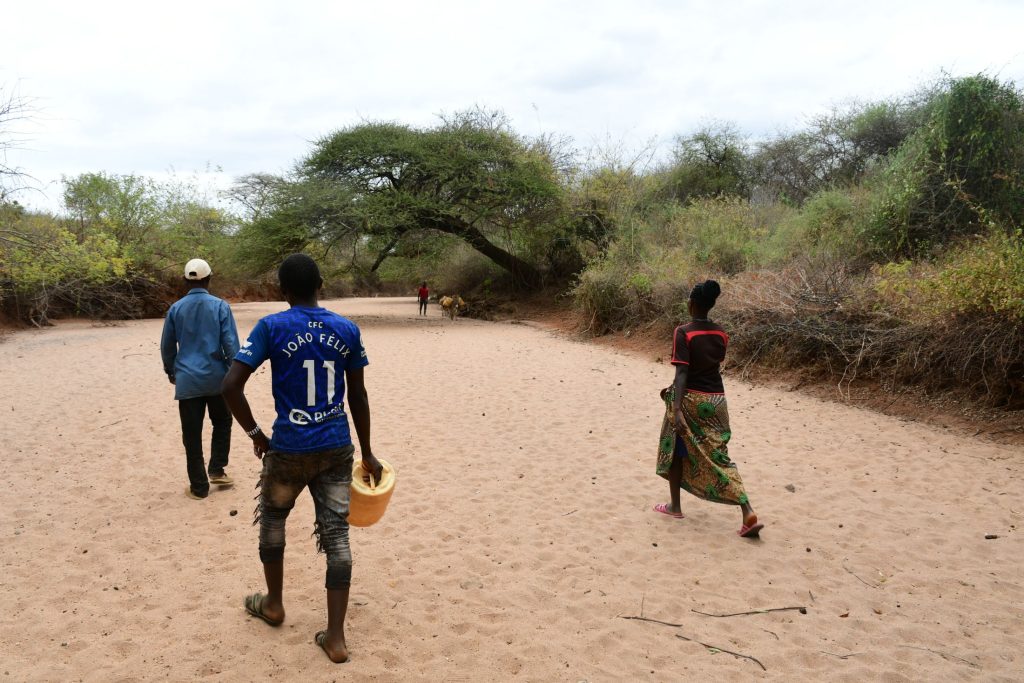
When it’s raining in Syandu, Doreen can collect rainwater from her roof. But when the rains and rivers disappear, she’s left with nothing. What’s worse, climate change keeps extending these dry periods out longer and longer, turning a semi-annual phenomenon into a full-blown drought.
When it’s dry, everyone’s only water option is to dig holes down into the dry riverbeds to scoop up the remnants of the previous rainy season’s water. These scoop holes contain brown, salty water that community members are forced to share with their livestock and the local wildlife.
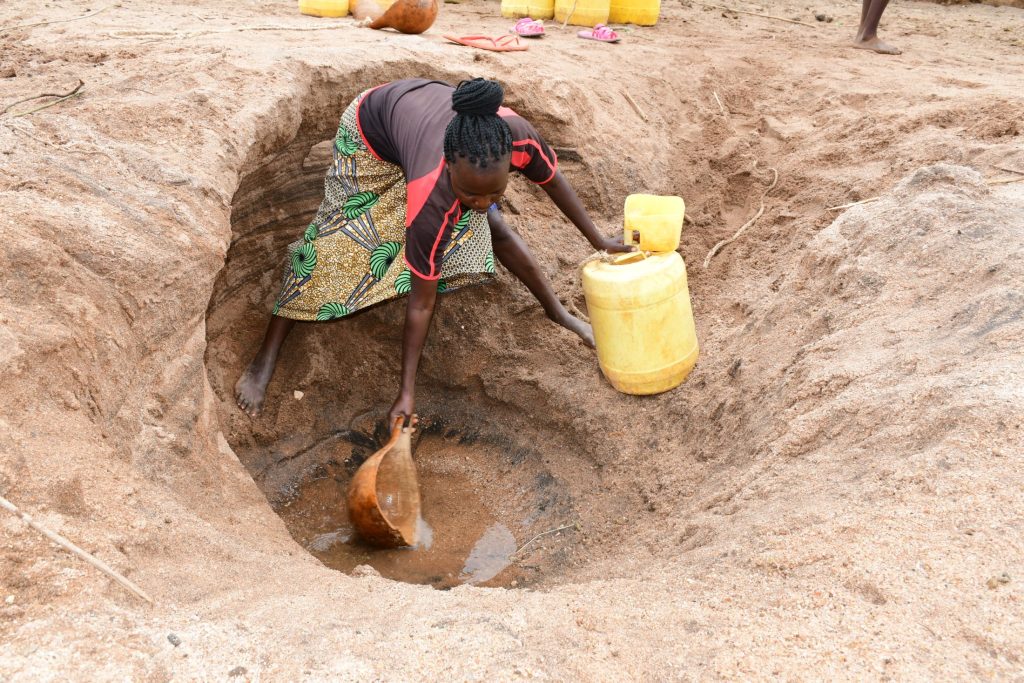
Doreen never knows the state of the water she’ll find, or how much will be left. Around 3,000 people live in her community, and all of them go to the same riverbed.
Doreen explained: “Sometimes, one has to wait for water to accumulate in the scoop hole, which takes longer during the drought period because many people depend on the scoop hole, which diminishes in quantity as the drought progresses.”
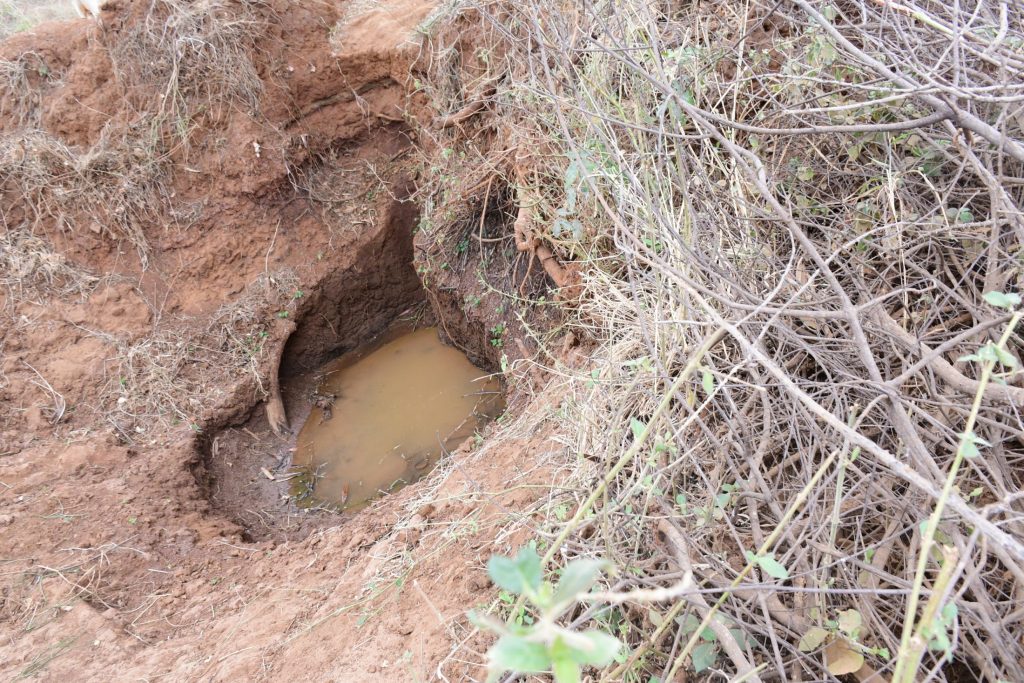
Still, she scoops and strains what she can, because it’s all she has to keep her children hydrated, to try and grow their food in the dry soil, and to survive.
Doreen wants more than survival. She wants to grow enough vegetables to sell at the market. She wants to pay her children’s school fees. She wants them to be healthy, to learn, to have a future she never got to have.
But without reliable water, those dreams dry up.
“Water is life,” Doreen said.
“Without water, life is very difficult. It is difficult to take care of my children when there is no water for my crops, which makes it hard to feed them or get [money for] school fees. Water is crucial for us because we need it for drinking, cooking, irrigating our crops, and also for our animals.”
Sierra Leone: Isatu’s Story
“Life has become unbearable since the well at the school grounds broke down,” said 15-year-old Isatu, who attends Makempitha DEC Primary School in Sierra Leone. “It has not been easy for me.”
The well at Isatu’s school stopped working more than five years ago. Since then, the teachers have had no choice but to send their students to fetch water from a distant swamp. After all, the students and staff need water.
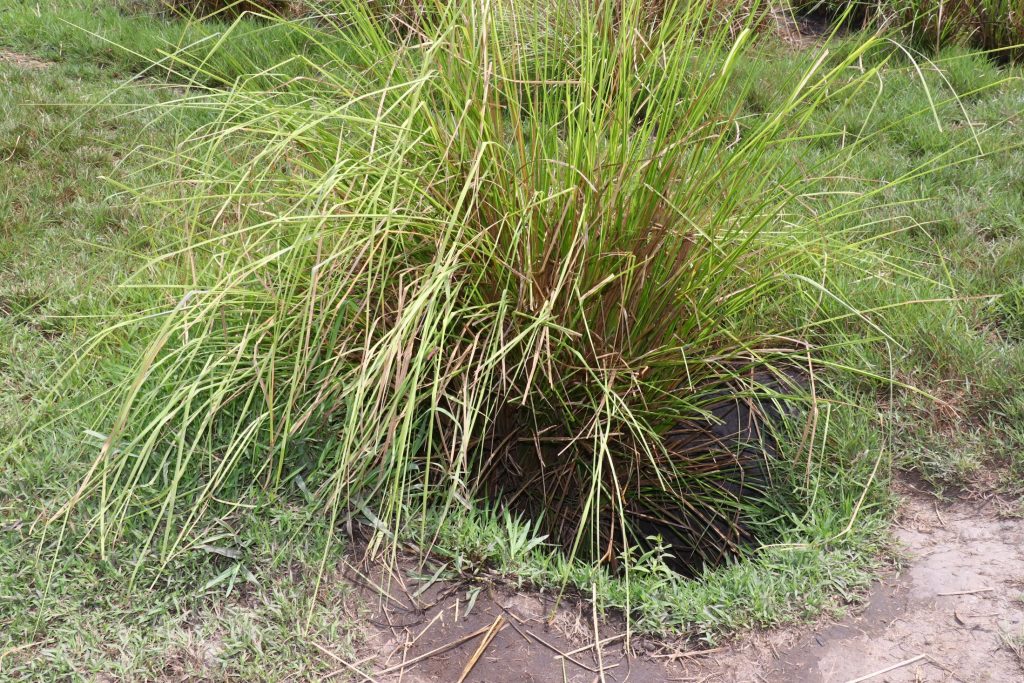
Unfortunately, swamp water is unsafe for drinking. They drink it because there is no other option.
“The walking distance to the water point affects me greatly because the swamp is far away from the school,” Isatu explained. “Most times, I will leave classes just to go fetch water from this source. The walking distance alone makes me tired.”
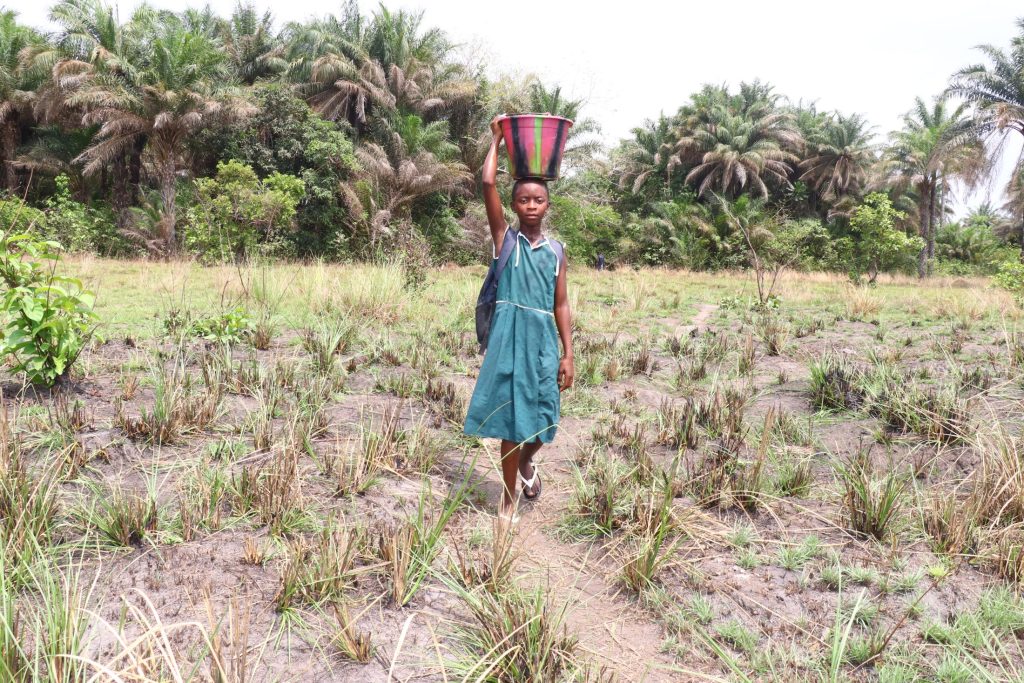
Isatu knows that, with water, her life would be better.
“I cannot live a normal life like my friends in other schools who have access to safe and reliable water sources,” Isatu shared.
“The water situation in the school prevents me from even playing with my friends since I must fetch water for drinking and other purposes, even during lunchtime. Also, if the well is rehabilitated, I will have enough time to copy my notes and even pay attention in class. Honestly, I find it hard to do this because of the water constraints.”
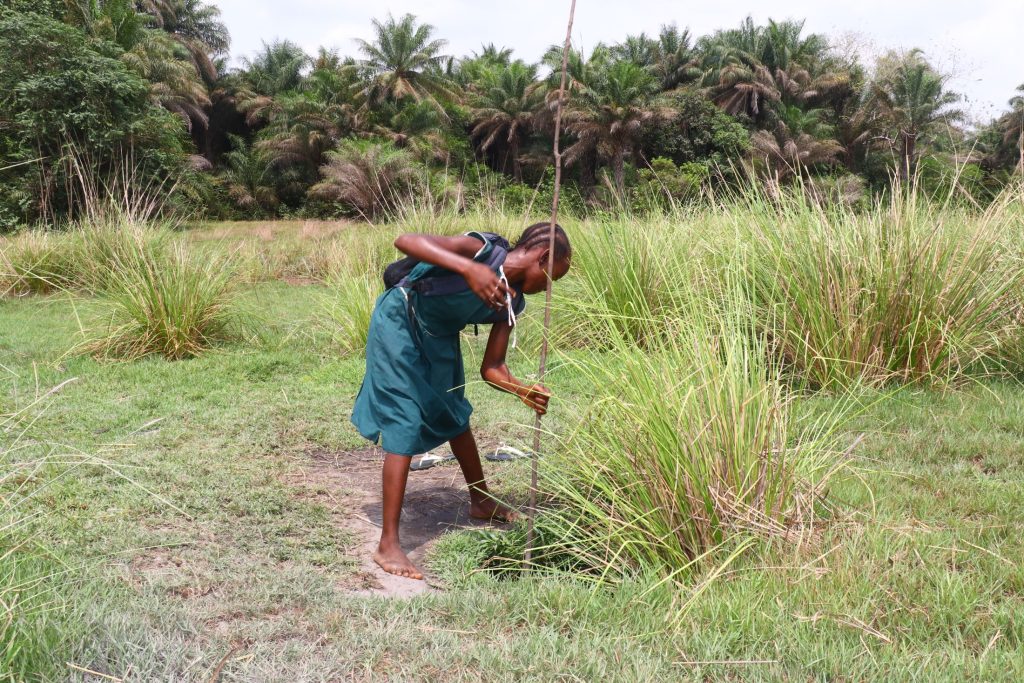
Isatu dreams of becoming a nurse.
“Presently, we have no clinic or trained and qualified nurse here,” Isatu said. “So, if I am able to be a nurse, at least the situation will change in my community.”
But first, she needs time to learn — and the chance to stay healthy.
“I see it as a burden because fetching water here is not easy for me,” Isatu said. “Even my friends know what I am saying. It is hard to fetch and transport water from the swamp. That is why I will be grateful when the well at the school is rehabilitated. [It will] prevent the unnecessary suffering I am now experiencing.”
Uganda: Bridget’s Story
Like everyone in Bubanda, 15-year-old Bridget must walk more than an hour to fetch water. The path winds through overgrown brush and other people’s gardens, which causes tension among neighbors.
“I feel frustrated due to the long distance and the queue, especially during the evening hours,” said Bridget. “I am constantly concerned about safety because the access road to the water point is overgrown, and as a girl, I fear the possibility of harassment by men.”
On average, people in Bubanda waste 30 minutes waiting in line to use the only water source for miles around. If Bridget hasn’t angered someone by the time she reaches the water point, she might attract someone’s ire just trying to keep her own place in line.
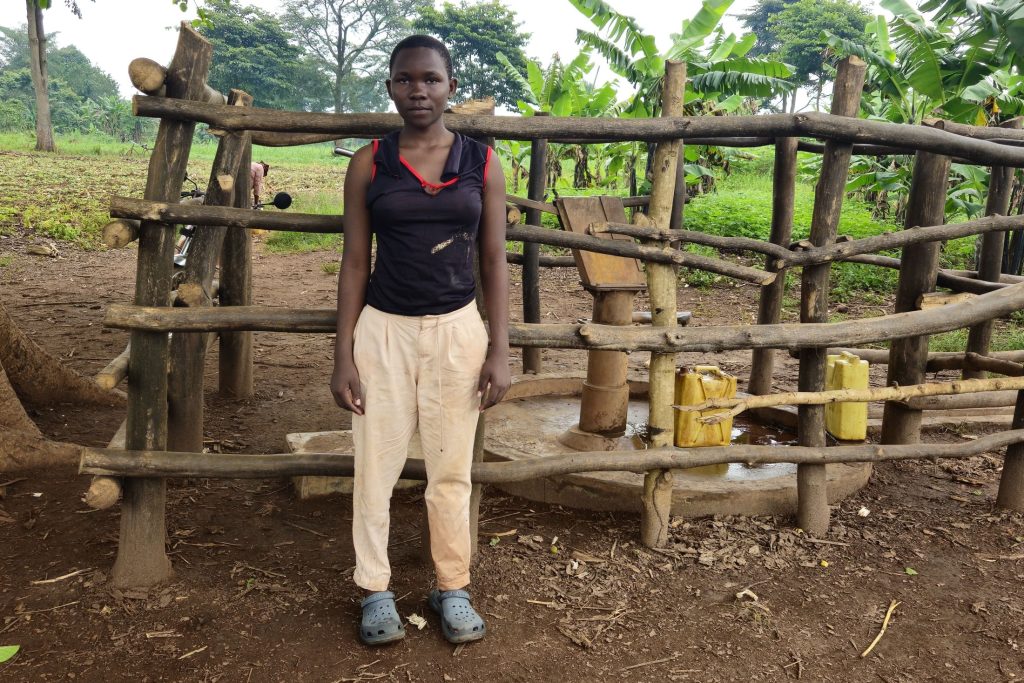
“The long distance makes fetching water time-consuming, and sometimes the lengthy queue at the water point also causes delays,” she said. “Adults refuse to follow the line or wait their turn.”
The time this process takes robs her of more than just her energy — it steals from her education.
“I don’t have enough time to read my books,” Bridget explained. “I spend a significant amount of time collecting water.”
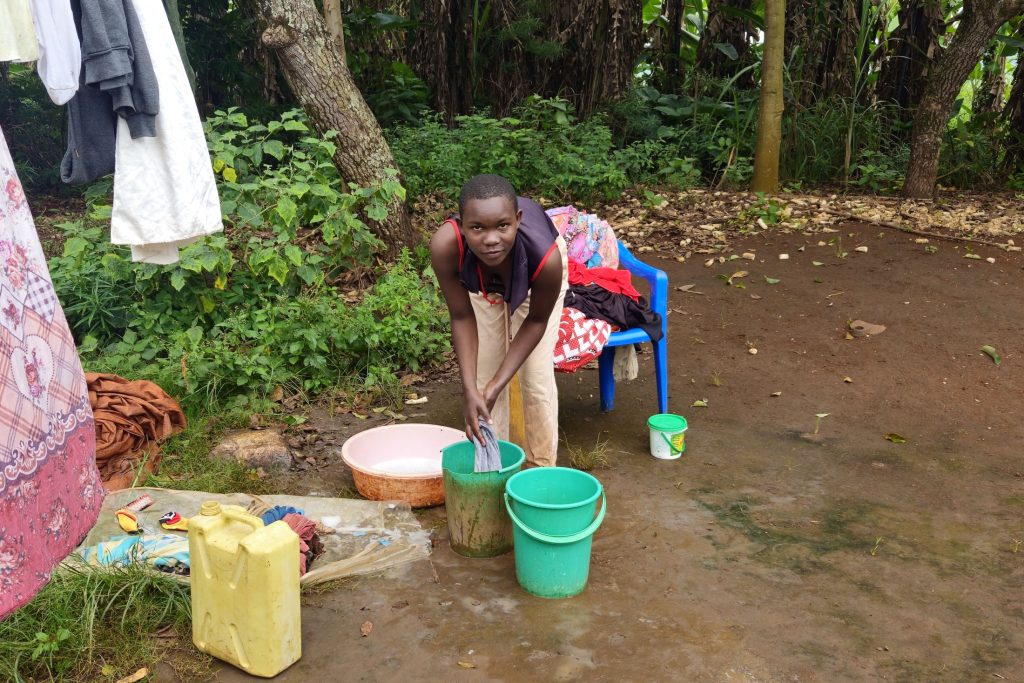
A closer, safer water point would change everything for Bridget. She explained: “It [would] help shorten the distance and also reduce the risks associated with traveling through unsafe areas to reach the water point.”
These stories can be hard to read. But they’re even harder to live through. And as unimaginable as Lincoln, Doreen, Isatu, and Bridget’s daily challenges may seem, they’re not rare — in fact, they represent just one tiny sliver of a global crisis affecting hundreds of millions of people around the world.
“One in four people around the world lack safely managed drinking water.”
UNICEF/WHO Joint Monitoring Programme
Why the Water Crisis Deserves Your Attention
If you’re reading this blog, there’s a good chance that when you need water, you just turn on a tap. You may not think twice about it because you’ve likely never had to.
You probably haven’t walked for hours to collect water. You haven’t missed school because the only nearby water source was dry or contaminated. And chances are, you’ve never stood in line at a community water source, hoping you can fill your container before the supply runs out or you have to get to work or school.
But for a staggering amount of people worldwide, that’s daily life.
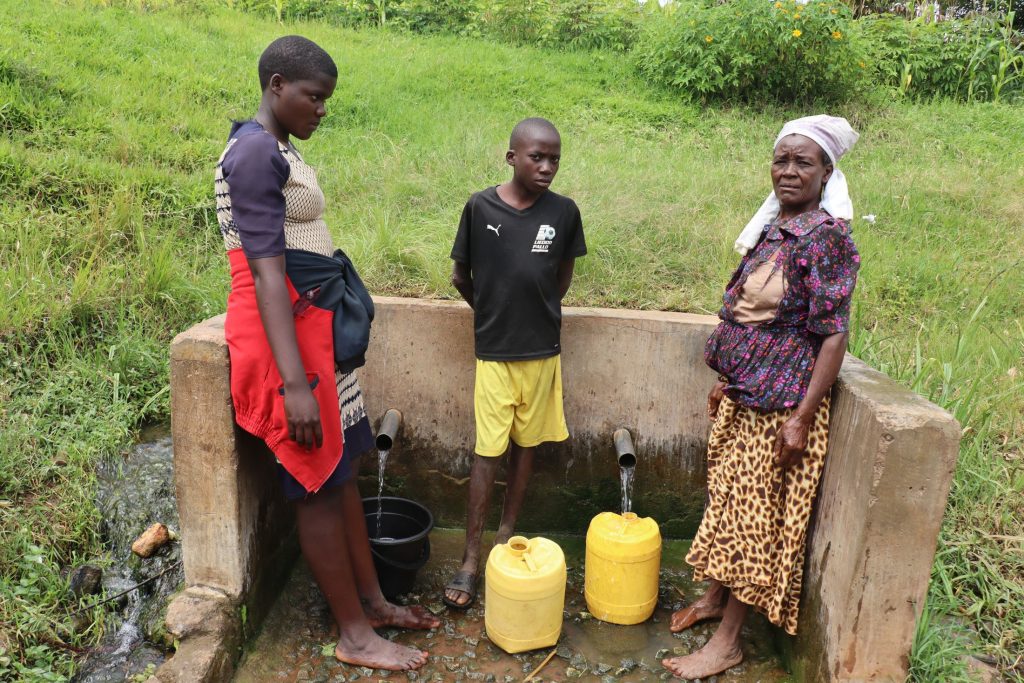
The latest data shows:
- 1.5 billion people have “basic” water services — drinking water from an improved source, provided collection time is not more than 30 minutes for a round trip, including queuing.
- 292 million people have “limited” water services — drinking water from an improved source, for which collection time exceeds 30 minutes for a round trip, including queuing.
- 296 million people use “unimproved” water sources — drinking water from an unprotected dug well or unprotected spring
- 115 million people still collect “surface water” — drinking water sourced directly from rivers, lakes, and other surface water sources.
There’s a water crisis on every continent — even here in the United States. Our groundwater levels are falling rapidly, especially in the Southwest. Climate change isn’t just worsening droughts in Doreen’s community; in fact, at the time of writing, 37.09% of the U.S. and Puerto Rico and 44.27% of the lower 48 states are in drought.

But while the need for clean water is global, the depth of the crisis is not evenly distributed.
Around the world, most people now have water at home — but that’s far from reality in sub-Saharan Africa (the region of Africa below the Saharan Desert).
According to the World Health Organization and UNICEF,
- Over half of the 703 million people without basic drinking water worldwide live in sub-Saharan Africa.
- Nearly half of the region’s 1.2 billion people still rely on water collection from outside sources, compared to just 3% in Latin America and the Caribbean.
- Only 45% of schools have a water source on-site, meaning students like Lincoln, Isatu, and Bridget often miss class or struggle to concentrate due to the demands of fetching water.
Also, the consequences of the water crisis in sub-Saharan Africa are often more severe due to systemic challenges like underdeveloped infrastructure, poverty, climate shocks, and limited government resources.
The Water Project works in Western Kenya, Southeast Kenya, Sierra Leone, and Uganda because these areas face some of the highest barriers globally in accessing clean water — and they’re also where your support can have the most immediate, measurable impact.

In fact, the World Health Organization reports that children in sub-Saharan Africa are 14 times more likely to die before age five than children in wealthier nations. One of the leading causes? Waterborne illness from unsafe water. In our work, we hear from many people who have suffered from crippling diarrheal disease (like typhoid, cholera, dysentery, parasites, and other preventable diseases), uncomfortable skin rashes, and more because they drink and bathe with contaminated water.
Access to safe, reliable water is about more than quenching thirst. It’s about:
- Preventing disease
- Supporting education
- Empowering women and girls
- Growing food
- Protecting dignity
- Creating time for opportunity, not just survival
But here’s the most important thing: this is a solvable problem.
When you support The Water Project, you’re not only creating borehole wells, protected springs, or sand dams. You’re restoring health. You’re giving children back their education. You’re creating moments of relief — and opening space for long-term change.
You can’t solve a global crisis on your own. But you can change someone’s world.
You can give Lincoln the chance to stay in class.
You can make sure Doreen’s crops — and children — thrive.
You can help Isatu become the nurse her community needs.
You can give Bridget peace of mind and the time to read her books.
Today, on World Water Day, you can take one big step toward solving the water crisis — for good.
Home More Like ThisTweet